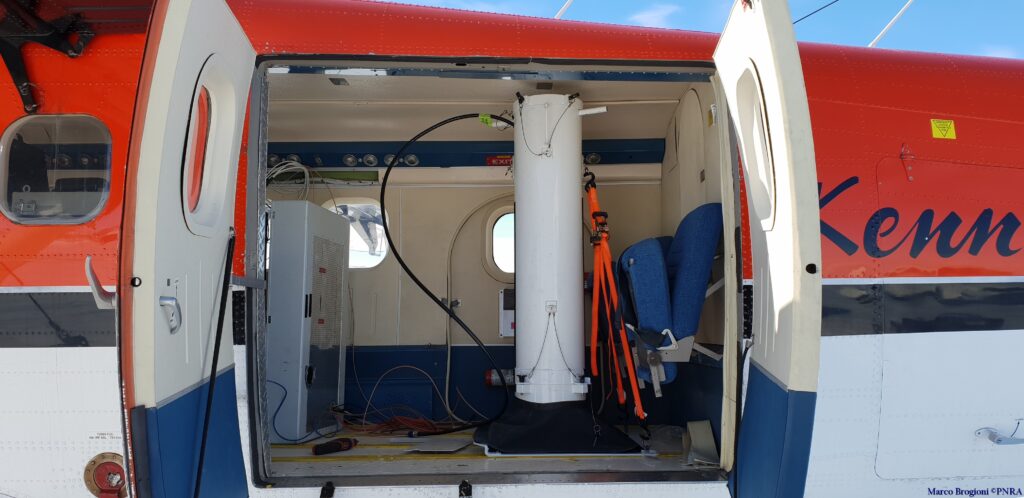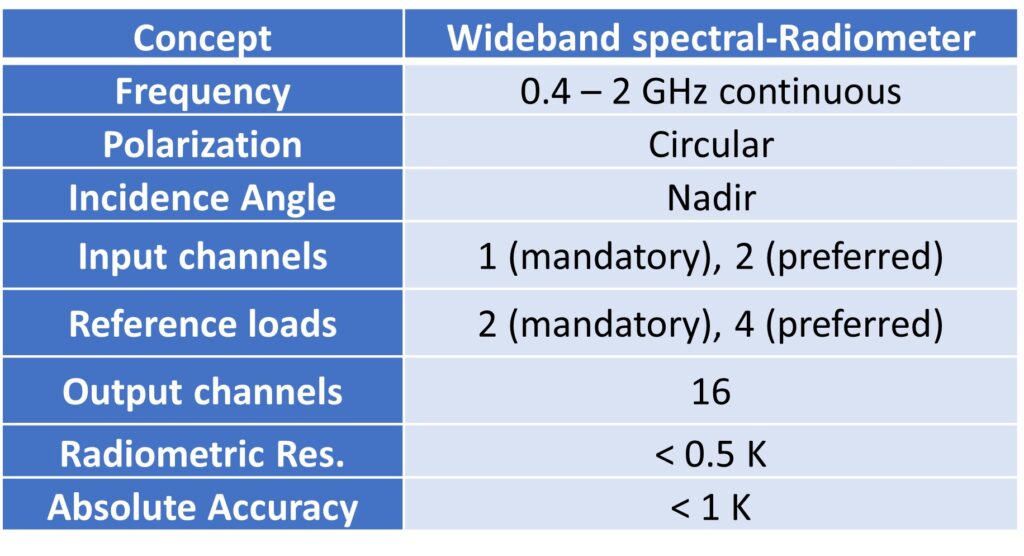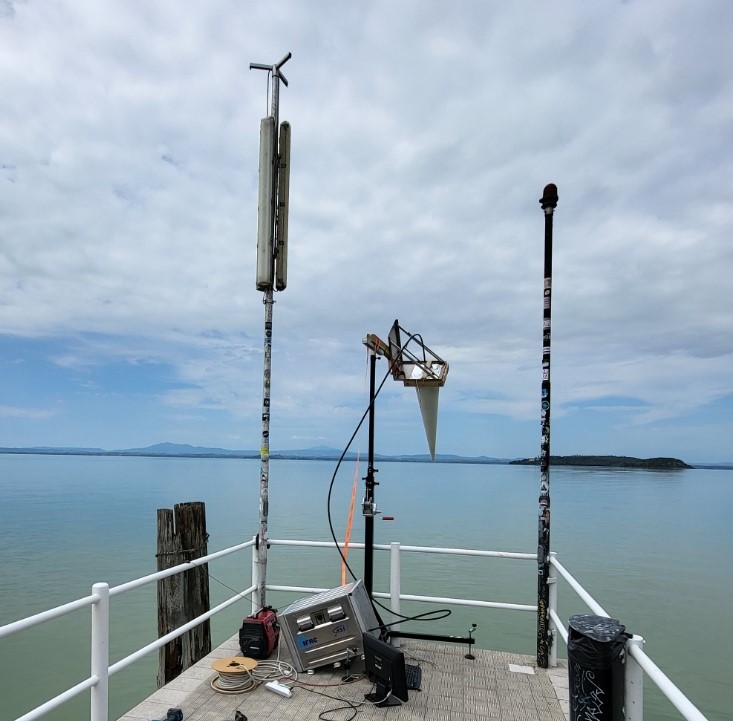LoMiRad certification
Experimental data are never enough. Models are very useful in predicting and understanding the behavior of Earth components, however they cannot reproduce the subtle complexity of real environments.
So, experimental data are extremely useful to understand the physical processes and to properly tune geophysical models.
Low-frequency ultrawideband radiometry is a novel approach in Earth surface remote sensing and to date only one operative instrument exist: UWBRAD belonging to OSU. Since its manufacturing, UWBRAD has been used in many campaigns both in the Arctic and Antarctica. Given its characteristics, it has been used mainly for observing sea ice and ice sheets.

In order to support the participation to ESA EE calls and to improve the chances of having campaigns in remote regions, in 2020 the Italian Space Agency funded the development of a radiometer, LoMiRad, that could be deployed on aircrafts, trucks and ground platforms. Its specifics mimic the ones of CryoRad and a briefly reported here below:

In these last years, LoMiRad has been manufactured and tested.
The instrument is housed in a Zarges crate fitted with a 19″ rack. It weights 49 kg (antenna excluded) and it is powered at 110/220 Vac and 24/28 Vdc. Its radiometric performances can be found here.
In 2025, ESA determines to support CryoRad mission by performing the aeronautical certification of LoMiRad. This activity will be performed by Transportation Canada in August 2025 on a Basler BT-67 operated by Kenn Borek airlines. This certification will enable European partners to participate in future campaigns funded either by ESA (e.g. for Copernicus missions) or other Institutions (CNR has a project approved for an airborne survey over Dome C, Antarctica in 2027).
